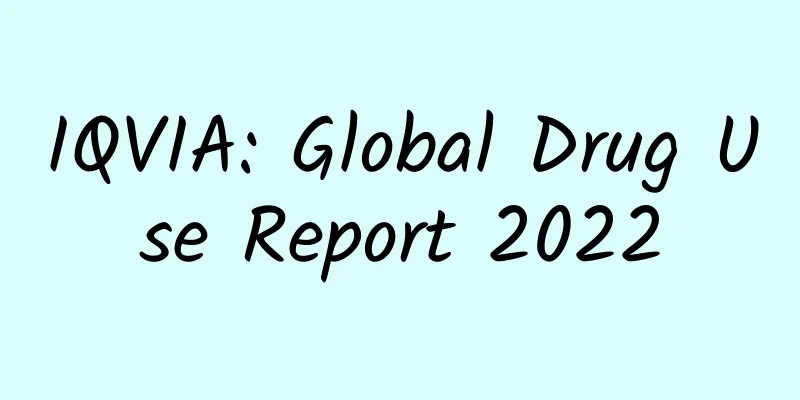IQVIA: Global Drug Use Report 2022

|
Despite the uncertainty created by the global pandemic over the past two years, the outlook for global pharmaceutical spending has become clearer as healthcare systems and policymakers in both advanced and emerging economies face more predictable challenges and opportunities. Healthcare has demonstrated remarkable resilience during COVID-19, but challenges remain—and evidence-based decision-making is more important than ever. The biggest driver of drug spending over the next five years is expected to be global COVID-19 vaccination, which is unprecedented because of the number of people vaccinated and the speed at which it is expected to be achieved, as well as the frequent subsequent booster shots. But even leaving the pandemic aside, global drug spending continues to be driven by innovation, offset by cost reductions for generics and biosimilars. The report quantifies the impact of these dynamics and examines drug spending and use in 2021 and outlooks to 2026 globally as well as for specific therapeutic sub-branches and countries, laying the foundation for a meaningful discussion about the value, cost, and role of medicines in the context of overall healthcare spending over the next five years. Key findings
The PDF version will be shared on 199IT Knowledge Planet, just scan the QR code below! |
Recommend
What are the best attributions for app promotion at present?
The App has been developed, the advertising has b...
Electric Technology Car News: The family-style design has attracted a lot of criticism. Can the twin brother of Trumpchi GS8 continue the legend?
Data in recent years show that although 7-seat SU...
Limited to 200 units worldwide! Bronze iPhone 7/7 Plus makes stunning debut
Apple not only brought an innovative dual-camera s...
Mercury has set many planetary records, but humans have only visited it twice. Is it all the Sun's fault?
Mercury is the closest planet to the sun in the s...
How big is the Milky Way? Chinese scientists have discovered that the Milky Way is even bigger than imagined!
Chinese scientists recently used the APOGEE near-...
Yiping expands the world | Huanwang joins hands with automotive media to open up new traffic for large screens
According to public market data statistics, there...
A "Huashan Sword Contest" in the organic chemistry community has produced fruitful scientific and spiritual fruits
In the field of organic chemistry, a long-lasting...
Content operation: Learn the basic routines and play it however you want
Today, I will share with you how to do content ma...
Why are women more prone to constipation than men? 5 ways to help you!
There are many differences between men and women,...
Have machines taken away the jobs of workers in home appliance companies?
Today's jobs may be taken away by machines to...
Tik Tok marketing promotion advertising model!
What are the marketing methods of Tik Tok? What p...
When talking about Su Shi, you can't just know Dongpo pork
This article was first published by Hunzhi (WeCha...
Taiyuan SEO training: How to quickly include external links?
External links are articles or content with links...
Save it now! In the case of influenza A outbreak, in addition to oseltamivir, you can also use these drugs!
Influenza is an acute respiratory infection that ...
Google Play Services will stop supporting the "Jelly Bean" platform
Google Play officially announced that future vers...









